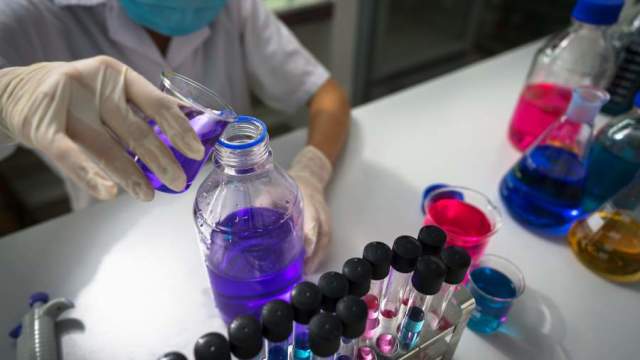Russian scientists have developed innovative implants made of cryogel saturated with antibiotics. The new materials will be used to disinfect wounds and inflammations. The products are non-toxic, do not grow to the tissues and do not allow the damage to grow together uncontrollably. They are made on the basis of polyvinyl alcohol, which is approved for the creation of medical and hygienic preparations. The effectiveness of the implants has been confirmed in preclinical trials. Experts note the demand for materials as an ambulance.Russian scientists have developed innovative implants made of cryogel saturated with antibiotics.
The new materials will be used to disinfect wounds and inflammations. The products are non-toxic, do not grow to the tissues and do not allow the damage to grow together uncontrollably. They are made on the basis of polyvinyl alcohol, which is approved for the creation of medical and hygienic preparations. The effectiveness of the implants has been confirmed in preclinical trials. Experts note the demand for materials as an ambulance.
An assistant for injuries
A new remedy for the treatment of infected wounds was created by scientists from the Institute of Organoelement Compounds (INEOS) named after A.N. Nesmeyanov of the Russian Academy of Sciences. These are temporary implants created on the basis of cryogels — a special substance with a porous structure. The research results have been published in one of the peer-reviewed international journals.
The developed materials are non-toxic, do not grow to the tissues and do not allow the wound to grow together uncontrollably. They are made on the basis of polyvinyl alcohol, which is approved for the creation of medical and hygienic preparations.
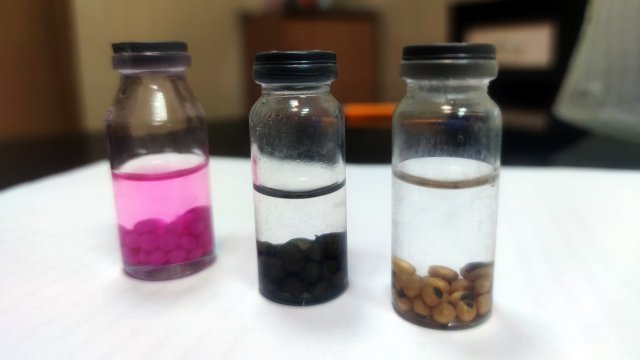
Image source: Photo: A.N. Nesmeyanov INEOS RAS Press Service
Cryogels are produced by freezing and thawing polymer solutions (high molecular weight organic compounds) at moderate negative temperatures. When the initial solution is cooled, the liquid crystallizes, and the polymer is displaced into the spaces between the crystals. When the solvent thaws, pores connected to each other form where the crystals were. It turns out a polymer matrix of the sponge type.
— Depending on the initial components and thermal conditions, the structure of cryogels can be diverse. This determines a wide range of applications of cryogel materials," explained Professor Vladimir Lozinsky, head of the INEOS Biopolymer Cryochemistry Laboratory, to Izvestia.
In particular, cryogels are used in the creation of substitutes for cartilage tissue and blood vessels, drainage hemostatic systems, substrates for cell culture and much more.
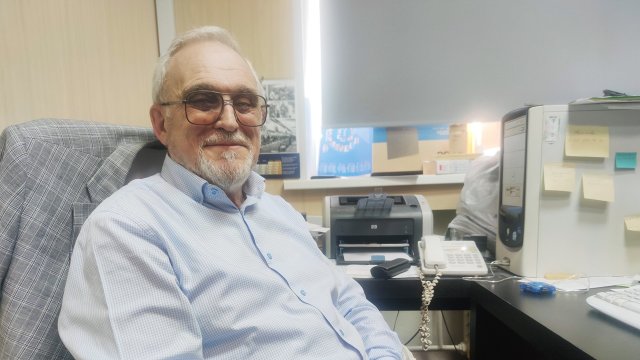
Professor Vladimir LozinskyImage source: Photo: A.N. Nesmeyanov INEOS RAS Press Service
Useful sponge
Due to its porous structure, implants can contain an active medicinal substance inside themselves. In the wound, it will be released in a controlled manner and have a disinfecting effect. At the research stage, specialists used the antimicrobial drug ceftriaxone and antifungal fluconazole. Animal biotesting has demonstrated the good effectiveness of these agents in the composition of cryogel.
— Our tool allows you to use an antibiotic directly on the damaged area. This reduces the necessary dose of medication and reduces the harmful effects on the body, — said Vladimir Lozinsky.
According to the scientist, the implants are multifunctional and can be manufactured in a decomposable and non-decomposable form. In the first case, they will be digested by the body's enzymes and do not require subsequent extraction.
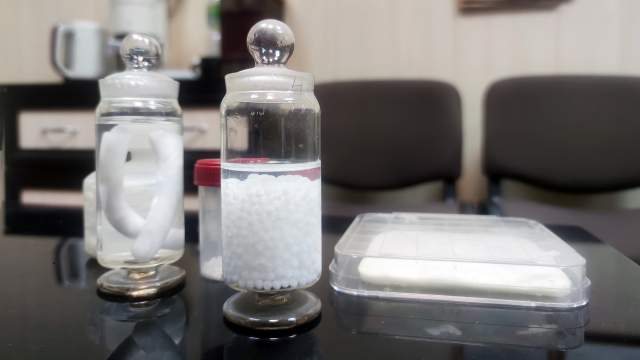
Image source: A.N. Nesmeyanov INEOS RAS Press Service
In the second case, the implants, in addition to delivering a medicinal substance to the wound, will also perform a sorbing function, removing pus from the wound.
— From a technological point of view, we also need different shapes of our products. We can cast plates, tubes, rods and sleeves, and doctors use those that suit them. If necessary, the materials used can be trimmed with surgical scissors, — said Vladimir Lozinsky.
Good results
INEOS noted that now the development of implants is at the stage of preclinical testing. They are patented. The rights to use these materials belong to the Institute and the I.M. Sechenov First Moscow State Medical University.
Specialists of this scientific and educational institution also participated in their creation. In particular, under the guidance of maxillofacial surgery specialist Professor Astemir Shaikhaliev, the implants were tested in conditions close to clinical.
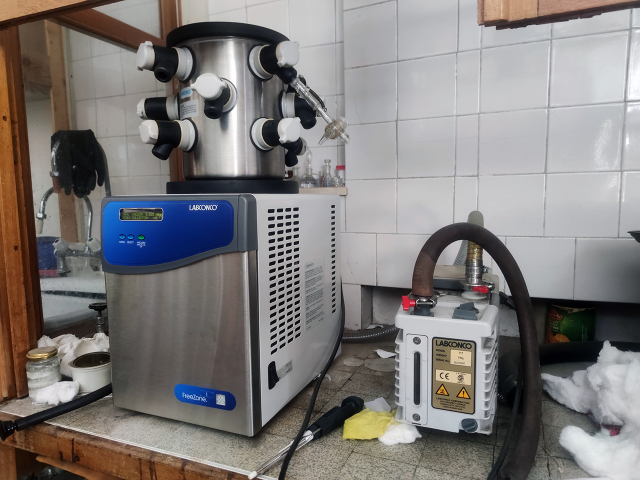
Image source: A.N. Nesmeyanov INEOS RAS Press Service
Vladimir Lozinsky said that experiments with testing implants on animals showed good results. Now scientists have formed their operational reserve and, if necessary, can increase their number in a short time for the needs of physicians.
— These materials are suitable for implantation both in large soft tissue wounds and in case of bone damage, — Natalia Kildeeva, head of the Department of Chemistry and Technology of Polymer Materials and Nanocomposites of the Kosygin Russian State University, Professor, told Izvestia.
She noted that in addition to the action of an antibiotic that neutralizes the wound, it is important that the porous structure of the implant in the non-degradable version is able to absorb pus. This reduces inflammation, prevents secondary infection and promotes speedy healing.
— The advantage of the development of INEOS is the constant mild effect on the infected area, since the medicinal substance is released gradually, — commented the head of the Department of Microbiology of Kazan Federal University, Professor Olga Ilyinskaya. — This contrasts with the shock to the body that injections or pills cause.
According to the specialist, implants will be in demand in traumatology, dentistry and operative medicine. They can be of particular benefit in conditions where there is no possibility to treat an infected wound qualitatively. For example, away from ambulance stations.
Currently, Vladimir Lozinsky noted, scientists are ready to start testing on human volunteers and search for partners to launch the development into production.
Andrey Korshunov
